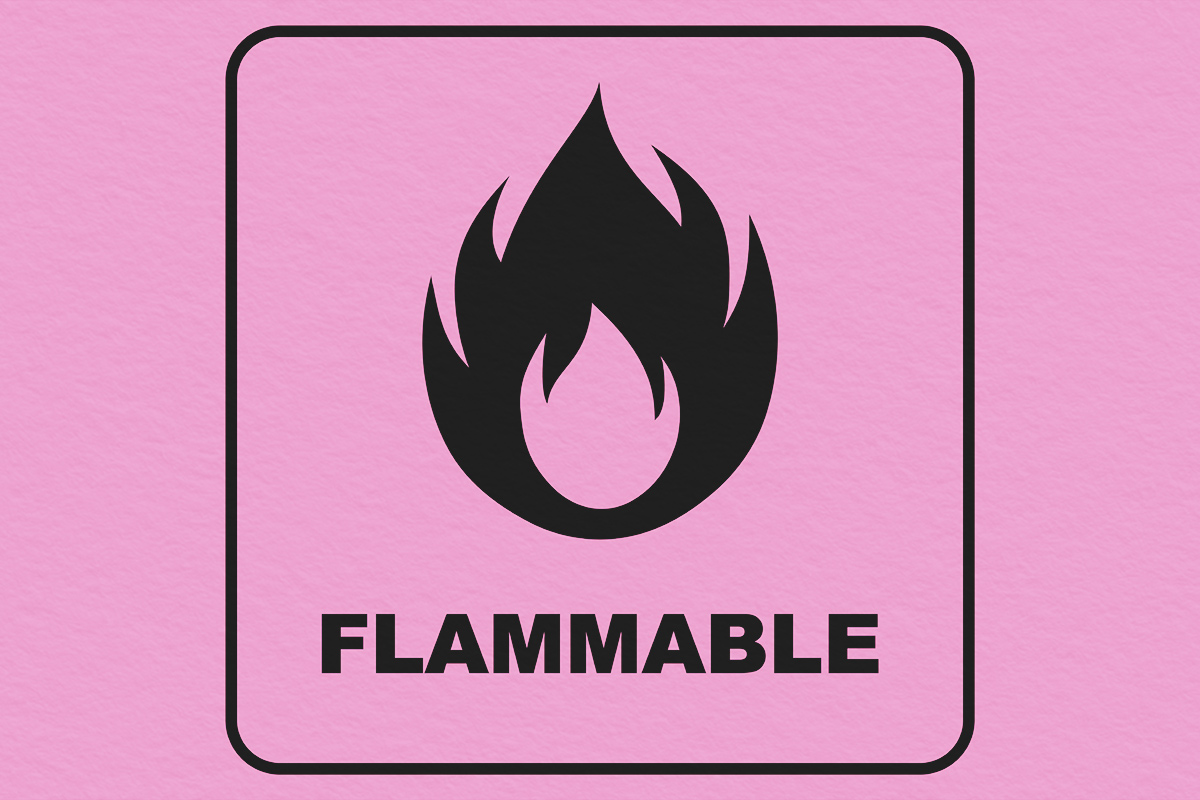
A sentence without appropriate punctuation is like a highway without road signs — it still technically functions on a basic level, but it lacks clarity. Using punctuation properly can be tricky, though, and common errors, from comma splices to misused semicolons, can make writing feel disjointed. Even the most seasoned writers fall victim to these mistakes. Fortunately, there are some practical guidelines and tips for avoiding punctuation errors and ensuring clear, coherent communication.
A comma splice occurs when two independent clauses are linked by a comma without a conjunction. Consider this example: “I went to the library, I found the book I was looking for.” If both segments of the sentence can stand alone as a complete sentence, as in this case, it’s a comma splice.
The easiest way to fix this is to add a conjunction, a word that links the clauses. You might fix the aforementioned sentence by saying, “I went to the library, and I found the book I was looking for.” Throwing in a coordinating conjunction is typically a safe bet. These are easy to remember using the acronym FANBOYS (for, and, nor, but, or, yet, so).
If a conjunction doesn’t work in the context or tone of your sentence, you can change the comma to a semicolon, which is made for linking independent clauses: “I went to the library; I found the book I was looking for.” If none of these options seems appropriate, simply split your clauses into two separate sentences.
While commas are essential to use before conjunctions that connect two independent clauses, a comma isn’t necessary if one of the clauses is dependent. This requires knowing the difference between independent clauses (those that can stand alone as complete sentences) and dependent (or incomplete) clauses that cannot stand alone.
Consider this incorrect example: “I went to the gym, after I finished my work.” The latter clause is dependent (or incomplete) because “after I finished my work” cannot stand alone as a sentence, so the comma between clauses is unnecessary. The correct way to format this sentence is, “I went to the gym after I finished my work.”
Hyphens are useful for compound modifiers used before a noun, e.g., “well-known,” “high-quality,” “state-of-the-art.” However, you don’t need the hyphen if one of the words in the compound modifier is an adverb that ends in the suffix “-ly,” such as “loudly,” “quickly,” or “extremely.”
This rule is why you won’t find hyphens in compound modifiers such as “highly respected” and “deeply rooted.” A few other adverbs also shouldn’t be hyphenated when used as a modifier, including “very,” “most,” and “too.” Some incorrect examples include “very-talented,” “most-wanted,” and “too-kind.” Instead, drop the hyphen and leave a space between the modifying words.
These similar-looking punctuation marks are often mixed up, but here’s how to tell them apart. A semicolon essentially acts as a bridge joining two related clauses, as seen in the comma splice fix we looked at earlier. Here’s another example: “I went to the dentist; she gave me a good report.” This punctuation mark also has one other job: separating items in a list if the items themselves require commas. For example: “I’ve visited London, England; Dublin, Ireland; and Athens, Greece.” The semicolon provides a more significant delineation where throwing in additional commas would cause confusion.
Colons have more functions than semicolons. They’re used to introduce lists, explanations, and quotations, or to emphasize a particular idea. They often precede information set up in the first clause. For example, “She had one goal: to finish her first marathon before she turned 30.” This sentence uses a colon to create a pause and add emphasis. Colons can also be used to list things, as in, “I need three things on Monday morning: coffee, headphones, and more coffee.” However, if the word before the list is a verb or preposition, a colon isn’t necessary. For instance, “My favorite holidays are Christmas, St. Patrick’s Day, and Halloween” does not require a colon.
Another rule to keep in mind is that a colon must be preceded by an independent clause (a stand-alone sentence). Consider the incorrect example, “Her worry was: the deadline was quickly approaching.” The correct colon usage in this case is: “She had one worry: the quickly approaching deadline.” Finally, if the clause following the colon is dependent (as seen in the last example), the first word does not need to be capitalized. However, if the clause is independent (a complete sentence on its own), it should be capitalized, as seen in the example, “She had one worry: The deadline was quickly approaching.”
As if English wasn’t complicated enough, it also features dashes of three different lengths that can significantly alter words and sentences. The shortest dash, the hyphen (-), is the most common. It’s used to create compound words such as “sister-in-law” or modifiers including “clean-cut” and “well-dressed.”
The em dash (—), the longest of the three, is the second most common. It functions as a pause, and depending on your goal, it can replace a comma, a colon, or parentheses. It’s used to set off extra information, as in, “The concert — though highly anticipated — ended early due to weather concerns.” It can also add emphasis: “The choice was clear — leave now or stay forever.” Whether or not to use spaces around the em dash depends on the specific style guide to which you adhere.
The en dash (–) is the least used of the three dashes. In standard American English, it indicates a range between numbers, as in, “pages 40–55,” and it replaces the word “to” in statements such as, “I took the New York–Los Angeles red-eye.” Interestingly, in British English, it sometimes performs the job of an em dash, creating a break to emphasize additional information.
With so many punctuation rules and nuances, it’s no wonder things can quickly get confusing. If you struggle with any of these errors, rest assured you’re not the only one. Knowing the tips and tricks to avoid them will elevate your writing and leave a lasting impression on your reader(s).






















